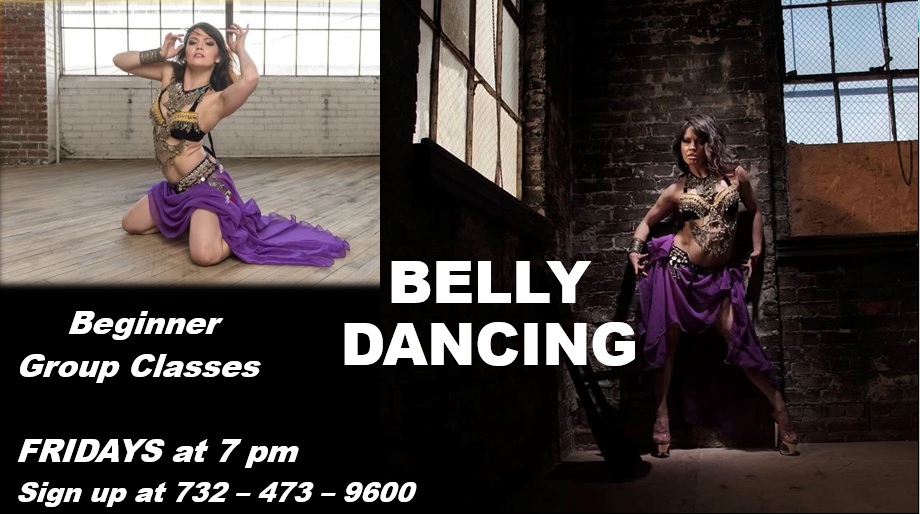 The origins of belly dancing, though unclear, can be traced to the Middle East, the Mediterranean and Africa. In fact, in the Arabic language, the term belly dancing is Raqs Sharqi and in Turkish, it is Oryantal dansi. The Turkish term, Oryantal dansi, can be roughly translated to mean “exotic oriental dance” and the Arabic term, Raqs Sharqi, is claimed to be of Egyptian origins. Because these terms suggested an exotic dance that originated elsewhere, the art of belly dance was held in higher esteem than local dances.
The origins of belly dancing, though unclear, can be traced to the Middle East, the Mediterranean and Africa. In fact, in the Arabic language, the term belly dancing is Raqs Sharqi and in Turkish, it is Oryantal dansi. The Turkish term, Oryantal dansi, can be roughly translated to mean “exotic oriental dance” and the Arabic term, Raqs Sharqi, is claimed to be of Egyptian origins. Because these terms suggested an exotic dance that originated elsewhere, the art of belly dance was held in higher esteem than local dances.
Historical evidence shows Egyptian tomb paintings dating from as far back as the fourteenth century BC that depict partially clad dancers whose callisthenic positions appear to be very similar to those used in belly dancing. Belly Dancing also has been depicted in Persian miniature paintings from the 12th and 13th centuries. The popularized connotation between belly dancing and exotic harems is due largely to the Romanticism movement in the 18th and 19th century as artists depicted their interpretation of harem life of the Ottoman Empire. Although for Saudi women, the dance itself was considered to be sacred, and not intended to be seen by men at all.
Oriental dance is uniquely designed for the female body, with an emphasis on abdominal muscles, hip movements and chest movements. It is firm and earthy, traditionally with bare feet connected to the ground. It is a dance characterized by smooth, flowing, complex and sensual movements of the torso, alternated with shaking and shimmy type moves.
Various forms of belly dancing include Turkish, Egyptian Oriental and American Tribal.